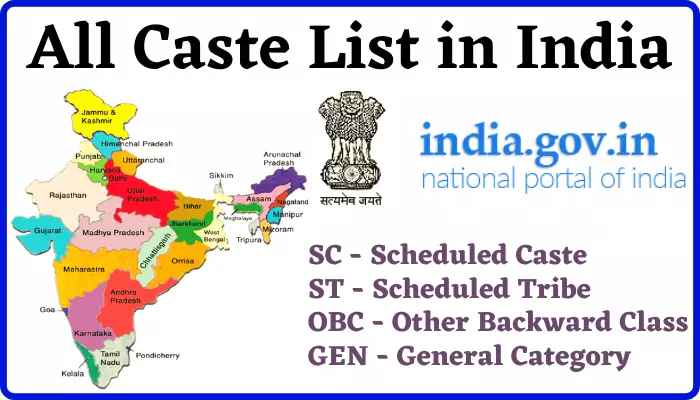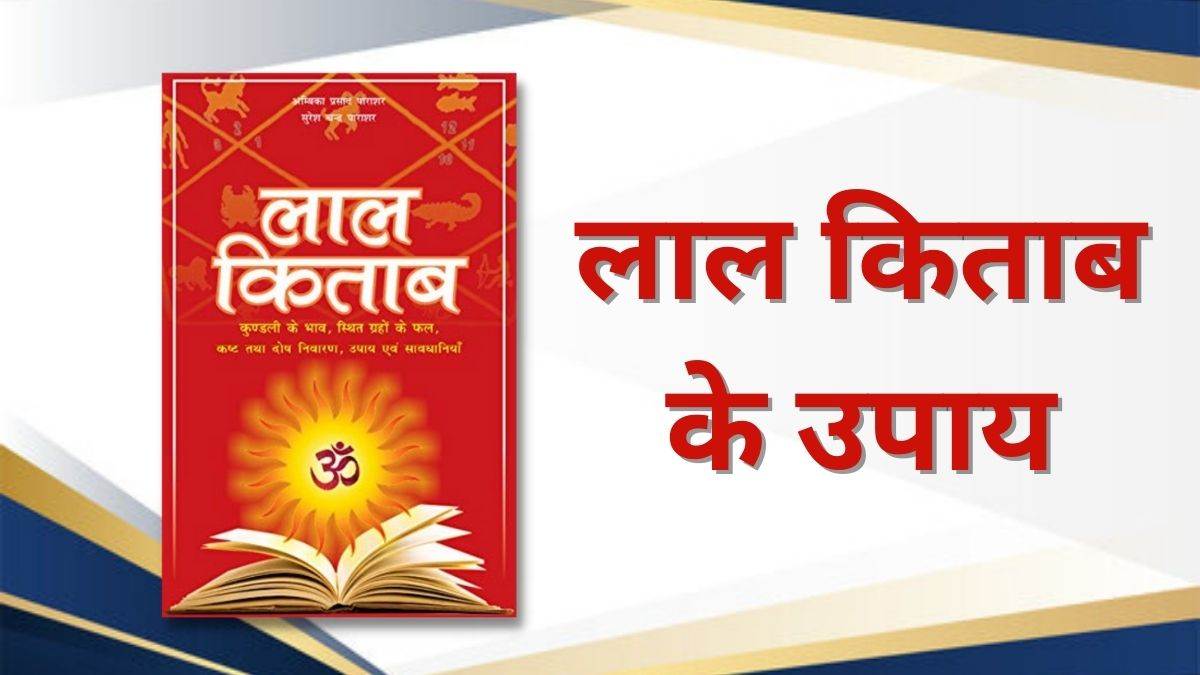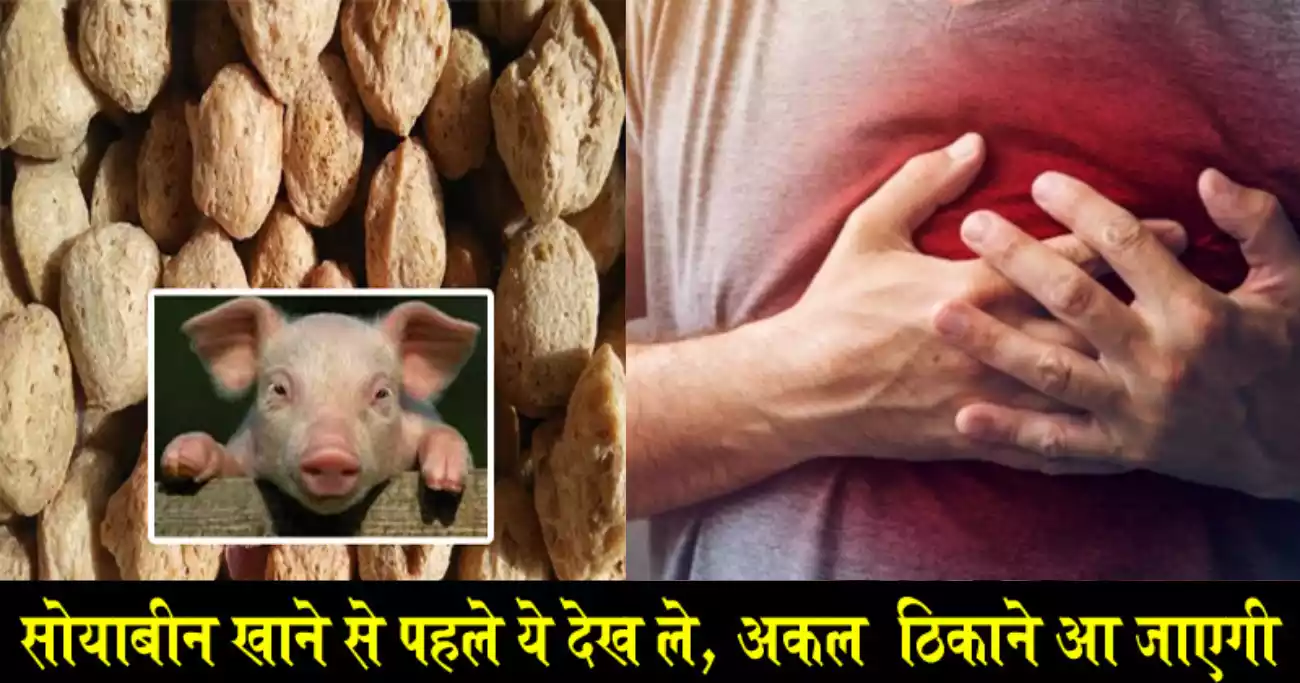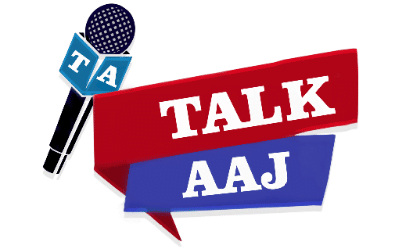“All You Need to Know About the Caste System in India: Its History, Impact, and Future”
India is a country of diversity, and caste plays a crucial role in Indian society. The caste system is one of the oldest and most controversial social institutions in India. There are thousands of castes in India, and the government keeps updating the list from time to time. In this article, we will provide you with a comprehensive list of all castes in India in 2023, along with their history, significance, and current status.
General Caste Me Kaun Kaun Si Jaati Aati Hai
Table of Contents
- Introduction
- What is Caste System?
- History of Caste System in India
- Importance of Caste System
- Scheduled Castes (SC) in India
- Scheduled Tribes (ST) in India
- Other Backward Classes (OBC) in India
- General Category in India
- Changes in the Caste System in India
- Controversies Surrounding the Caste System in India
- Future of the Caste System in India
- Conclusion
- FAQs
Introduction
India has a diverse and complex social structure, which includes the caste system. The caste system is a hierarchical social structure that divides people into different castes based on their birth, occupation, and social status. In India, the caste system has been in existence for more than 2000 years, and it has undergone many changes over time. The Indian government has categorized the castes into four categories- Scheduled Castes, Scheduled Tribes, Other Backward Classes, and General Category. In this article, we will discuss each of these categories in detail.
What is Caste System?
The caste system is a hierarchical social structure that divides people into different castes based on their birth, occupation, and social status. The caste system is a unique social institution in India, and it has been in existence for more than 2000 years. The caste system is based on the principle of purity and pollution, which means that people belonging to higher castes are considered pure and people belonging to lower castes are considered impure. The caste system has been a subject of controversy in India, and it has been criticized for being discriminatory and oppressive.
The Four Major Castes in India
The caste system in India is divided into four major castes, which are as follows:
1. Brahmins
The Brahmins are the highest caste in the Hindu caste system. They are traditionally priests, teachers, and scholars.
2. Kshatriyas
The Kshatriyas are the second-highest caste in the Hindu caste system. They are traditionally warriors and rulers.
3. Vaishyas
The Vaishyas are the third-highest caste in the Hindu caste system. They are traditionally traders and merchants.
4. Shudras
The Shudras are the lowest caste in the Hindu caste system. They are traditionally laborers and servants.
History of Caste System in India
The caste system has been in existence in India for more than 2000 years. The origin of the caste system can be traced back to the Vedic period. During the Vedic period, society was divided into four Varnas or castes- Brahmins, Kshatriyas, Vaishyas, and Shudras. The Brahmins were at the top of the social hierarchy, followed by the Kshatriyas, Vaishyas, and Shudras. The caste system was not based on birth during the Vedic period, and people could move from one caste to another based on their occupation and social status. However, over time, the caste system became rigid and based on birth.
Importance of Caste System
The caste system has been an important social institution in India, and it has played a significant role in shaping Indian society. The caste system has provided a sense of identity and belonging to people belonging to different castes. It has also helped in preserving the cultural and traditional practices of different castes. However, the caste system has also been criticized for being discriminatory and oppressive.
Scheduled Castes (SC) in India
Scheduled Castes (SC) are the castes that are considered the most disadvantaged and marginalized in Indian society. The Scheduled Castes are also referred to as Dalits or Untouchables. The Indian government has created a list of Scheduled Castes, and people belonging to these castes are entitled to various benefits and reservations.
Scheduled Tribes (ST) in India
Scheduled Tribes (ST) are the tribes or indigenous communities that are considered the most disadvantaged and marginalized in Indian society. The Indian government has created a list of Scheduled Tribes, and people belonging to these tribes are entitled to various benefits and reservations. Some of the major Scheduled Tribes in India include Bhil, Gond, Santhal, Munda, and Oraon.
Other Backward Classes (OBC) in India
Other Backward Classes (OBC) are the castes and communities that are socially and educationally disadvantaged in India, but are not classified as Scheduled Castes or Scheduled Tribes. The Indian government has created a list of Other Backward Classes, and people belonging to these castes are entitled to various benefits and reservations. Some of the major Other Backward Classes in India include Yadav, Kurmi, Jat, and Maratha.
General Category in India
The General Category includes all the castes and communities that do not fall under the categories of Scheduled Castes, Scheduled Tribes, or Other Backward Classes. The General Category comprises the majority of the population in India and has been historically privileged and dominant in society.
Changes in the Caste System in India
The caste system in India has undergone many changes over time. The Indian government has implemented various measures to uplift the marginalized and disadvantaged castes and communities. The government has also introduced reservations and quotas in education and employment to ensure equal opportunities for people belonging to different castes. Many social reformers and activists have also worked towards the eradication of caste-based discrimination and oppression.
Controversies Surrounding the Caste System in India
The controversies surrounding the caste system in India are many and complex. On one hand, there are those who argue that the caste system is a deeply ingrained part of Indian culture and should be respected as such. They believe that it provides a sense of identity and belonging to people, and that any attempts to eradicate it will only result in further social unrest and division.
On the other hand, there are those who view the caste system as a system of oppression and discrimination that has no place in modern society. They argue that it is a remnant of India’s colonial past and that it perpetuates inequality and injustice. Many argue that the government’s reservation policies are not enough to address the systemic issues facing marginalized castes and communities.
Future of the Caste System in India
The caste system in India has been a part of the country’s social fabric for thousands of years. While progress has been made in recent years to address the inequalities and injustices faced by marginalized castes and communities, there is still much work to be done. The future of the caste system in India is a complex and contentious issue, with opinions and perspectives varying widely.
The Argument for the Continuation of the Caste System
There are those who argue that the caste system is an integral part of Indian culture and should be respected as such. They believe that it provides a sense of identity and belonging to people, and that any attempts to eradicate it will only result in further social unrest and division. They also argue that the caste system is deeply ingrained in the minds of the Indian people, and that any efforts to change it will be met with resistance.
The Argument for the Abolition of the Caste System
On the other hand, there are those who view the caste system as a system of oppression and discrimination that has no place in modern society. They argue that it perpetuates inequality and injustice, and that it is a remnant of India’s colonial past. Many argue that the government’s reservation policies are not enough to address the systemic issues facing marginalized castes and communities.
The Future of the Caste System
The future of the caste system in India is uncertain. While some argue that it is deeply ingrained in Indian culture and will continue to be a part of society for the foreseeable future, others believe that it is a system that must be abolished if India is to move forward as a just and equitable society.
There have been some positive developments in recent years, including the implementation of reservation policies and efforts to raise awareness about caste-based discrimination. However, there is still much work to be done to address the systemic issues facing marginalized castes and communities.
Ultimately, the future of the caste system in India will depend on the actions taken by the government, civil society organizations, and the Indian people as a whole. If there is a concerted effort to address the inequalities and injustices faced by marginalized castes and communities, then there is hope for a future without the caste system.
Conclusion
India’s caste system is a complex and multifaceted issue that has been a part of Indian society for thousands of years. While progress has been made in recent years to address the inequalities and injustices faced by marginalized castes and communities, there is still much work to be done. It is important for people to continue to work towards eradicating caste-based discrimination and oppression and to create a more just and equitable society for all.
FAQs
- What is the caste system in India?
The caste system is a hierarchical social structure that has been a part of Indian society for thousands of years. It divides people into different social groups based on their birth, occupation, and status.
- How many castes are there in India?
There are thousands of castes in India, but the major ones are the Scheduled Castes, Scheduled Tribes, Other Backward Classes, and General Category.
- Are people still discriminated based on their caste in India?
Unfortunately, caste-based discrimination still exists in India, despite efforts to eradicate it. People belonging to marginalized castes and communities often face discrimination in education, employment, and other areas of life.
- What are reservations in India?
Reservations are quotas set aside by the government for people belonging to marginalized castes and communities in education and employment. This is done to ensure equal opportunities for all.
- How can we work towards eradicating caste-based discrimination in India?
We can work towards eradicating caste-based discrimination in India by raising awareness about the issue, supporting marginalized castes and communities, and advocating for policy changes that address systemic inequality and injustice.
Best Deal:-
- Best kids Toys 2023 – Buyer’s Guide Review
- How to Use Telegram Step by Step: A Beginner’s Guide
- THE 10 BEST TOYS FOR KIDS FULL REVIEW 2023
- Top 10 Best Mattress Brands in India 2023 – Buyer’s Guide Review
- Top 10 Best Portable Tablet Mobiles Of 2023 Review
- Best Android Phone Under 20000 Full Reviews in 2023
- Lenovo ThinkBook Plus Gen 3 लैपटॉप
- Fire Boltt Quantum Watch Hindi
- Top 10 Best Smartwatches Under 10000 In India – Buyer’s Guide Review
- 2023 Best Laptop Brands in India Details Review
- The Best Download Managers for Faster and Easier Downloads on Windows
- “Shining a Light on Solar Panels: Everything You Need to Know for Home Installation and Savings”
- “The Power of Good Quality Dog Food: How It Can Significantly Improve Your Dog’s Health and Happiness”
Posted by Talk Aaj.com

10 करोड़ पाठकों की पहली पसंद Talk Aaj.com अब किसी और की ज़रूरत नहीं
Join Our Group For All Information And Update, Also Follow me For Latest Information?? |
|
| Click Here | |
| Facebook Page | Click Here |
| Click Here | |
| Telegram | Click Here |
| Koo | Click Here |
| Click Here | |
| YouTube | Click Here |
| Google News | Click Here |













 Total views : 22
Total views : 22